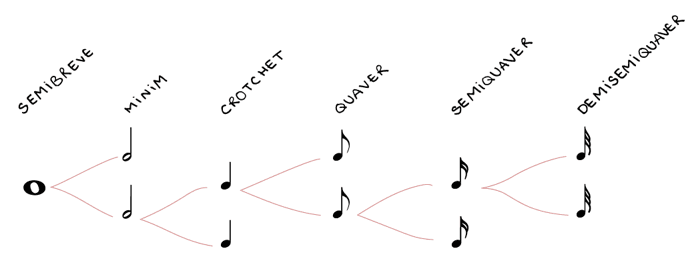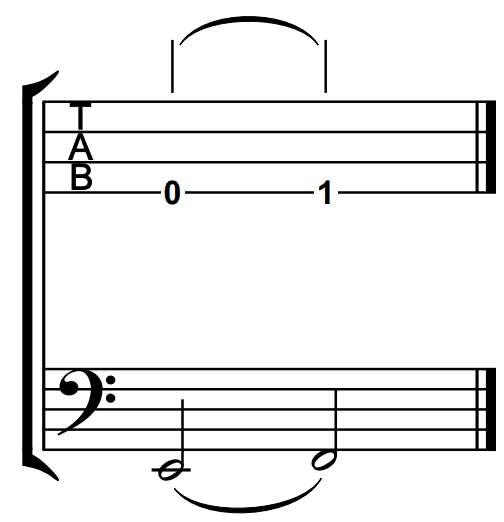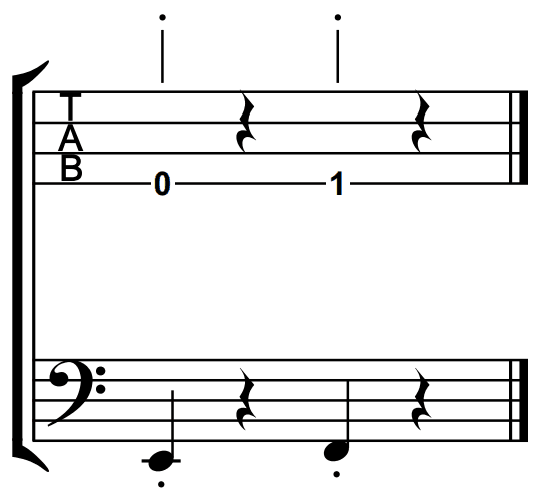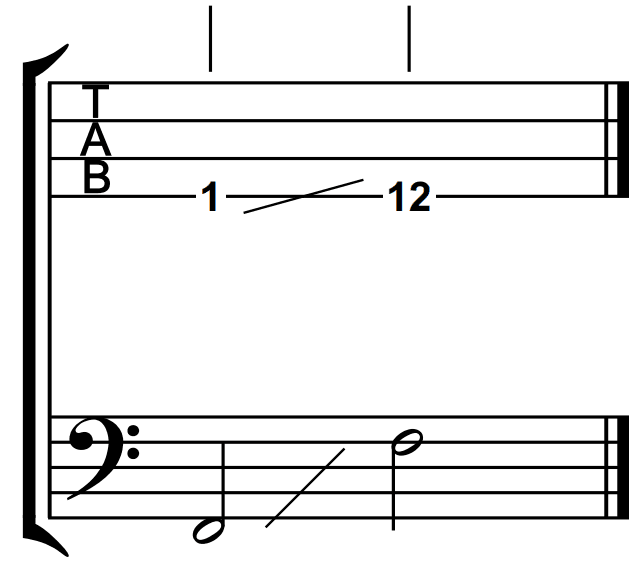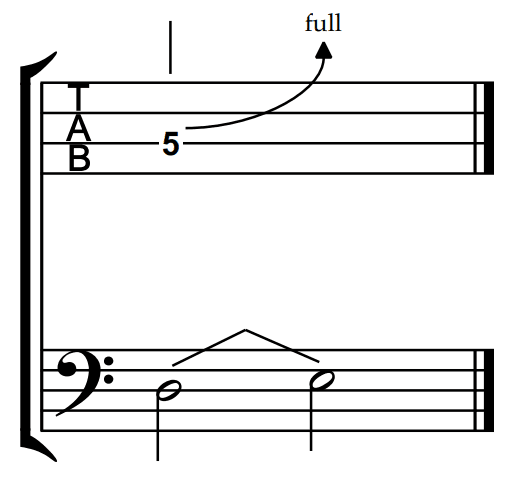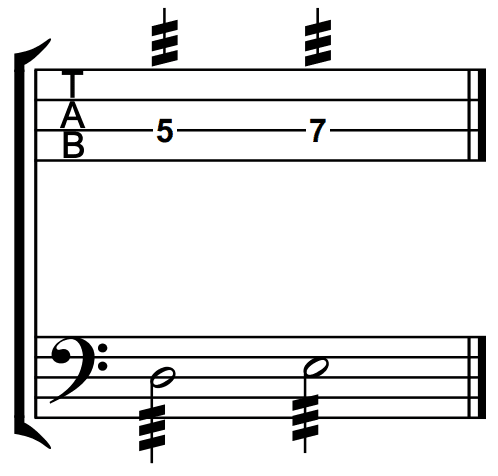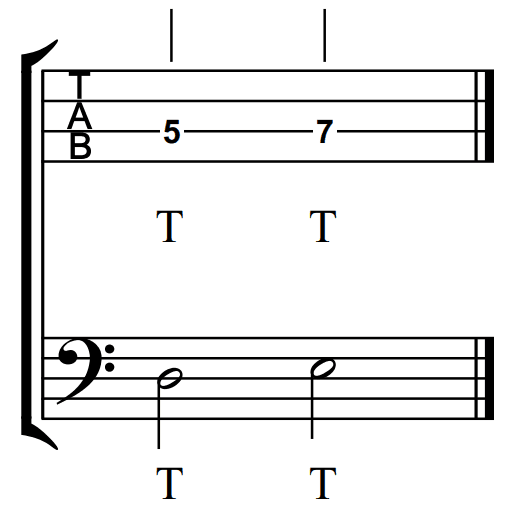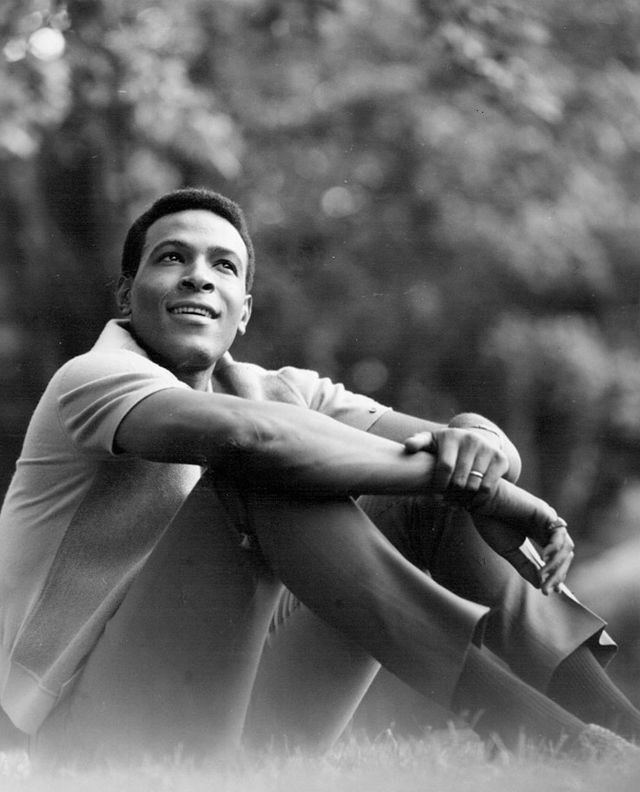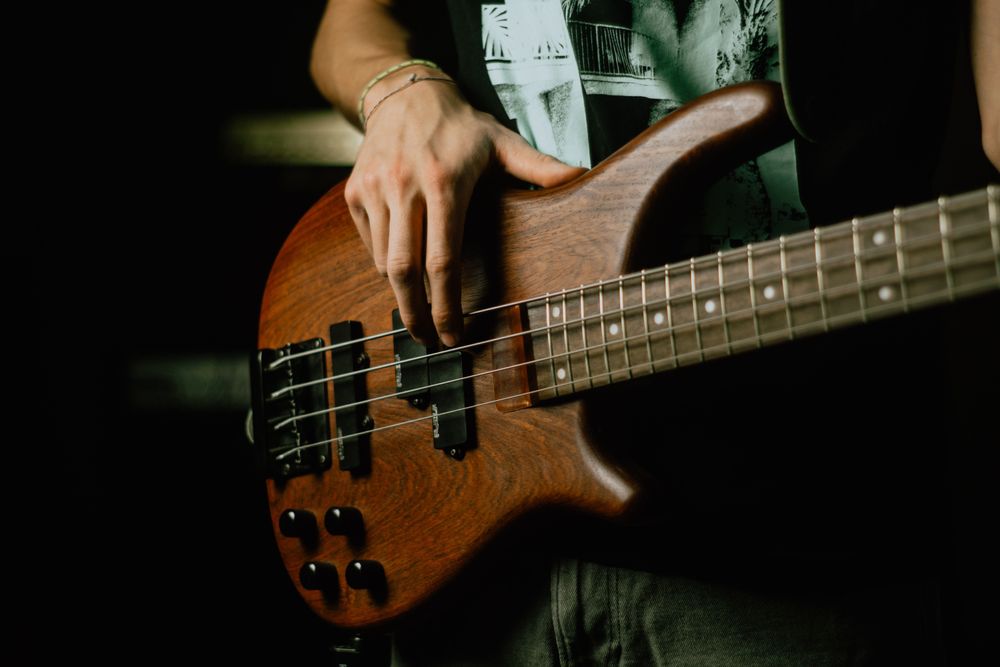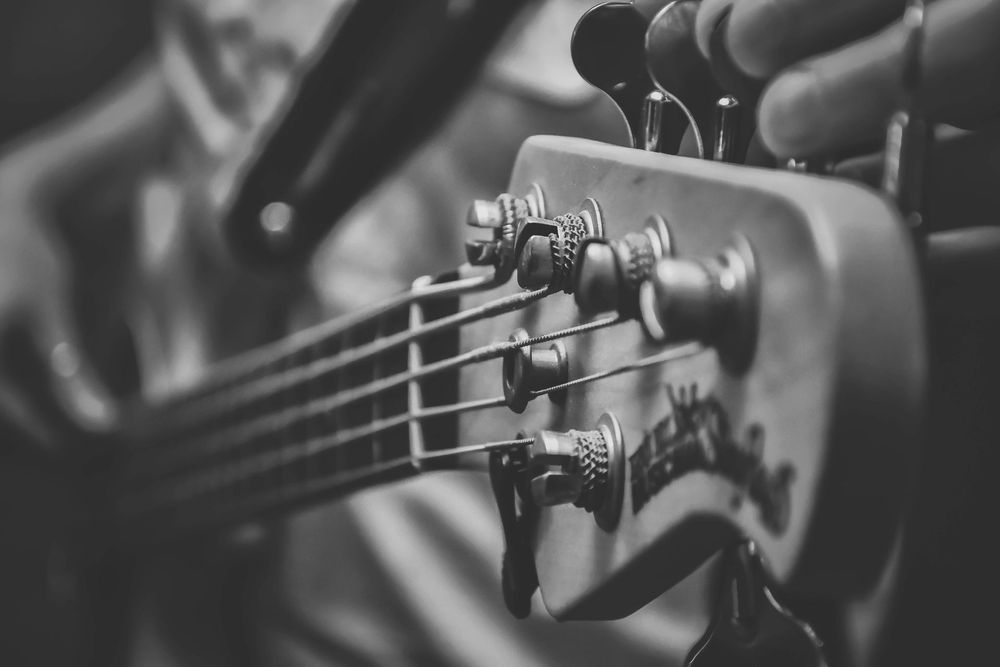Step 4: What do you want to play?
Now you’ve come this far, the thing to think about is what kind of bassist you want to be. That will probably dictate the kind of music you want to play, and in turn the kind of sheet music that you should spend more time getting familiar with.
If, for example, you’re looking to engage with popular styles, such as pop and rock, then you’re most likely to encounter sheet music in the form of tab. Most popular songs have been transcribed in tablature, so if you practice reading tab then you’ll be able to take on with that repertoire more quickly and successfully.
On the other hand, if you’re interested in classical, jazz and avant-garde music, then it’s worth spending time with staff notation - the majority of works in these traditions are written in this system. Learn some more accessible bass songs to help you hone your reading skills, and you’ll be moving on to harder pieces before you know it.
But, this isn’t to say that you should neglect one form or another. Its best to get competent with both, to develop a rounded playing ability, and be in a position to rise to any musical challenges that come your way.
In short, the key thing is to think about the style you’re engaging with, and the notational conventions most closely associated with it.
Say you’re looking to be the next great jazz bassist. You might come across some bass parts that contain nothing but empty staves. That doesn’t mean that you’re expected to play nothing. Rather you’ll need to look at the chord changes outlined above the stave, and improvise your own walking bassline.
Notation is simply a tool that communicates musical instructions. But the nature of those instructions - and the shorthand that they may or may not use - depends on the musical context: genre, style and difficulty. Take some time to think about what kind of player you aspire to be, and find out what kind of skills you’ll need to acquire to get there.
Your next steps for reading bass sheet music
Whatever next? There’s only one thing to look to, and that’s the music itself. The only way that you’re going to transform all this theoretical info into practical ability is by confronting some real-life sheet music - and practising it.
You’ll find heaps of it in nkoda’s library of bass guitar sheet music. There’s a lot there though, so if you’re looking for a simple and hassle-free place to start, then there are few better titles to look at than Basics for Bass Guitar, published by Sikorski.
If you’re game for a little more reading, then the blog article on easy bass songs will point you in a few different directions. Hard bass songs and best bass songs are worth a read too, though don’t let the difficulty of those tunes deter you. You’ll get there one day, just like these legends did: check out the best bass players of all time.
Something there has to take your fancy.




